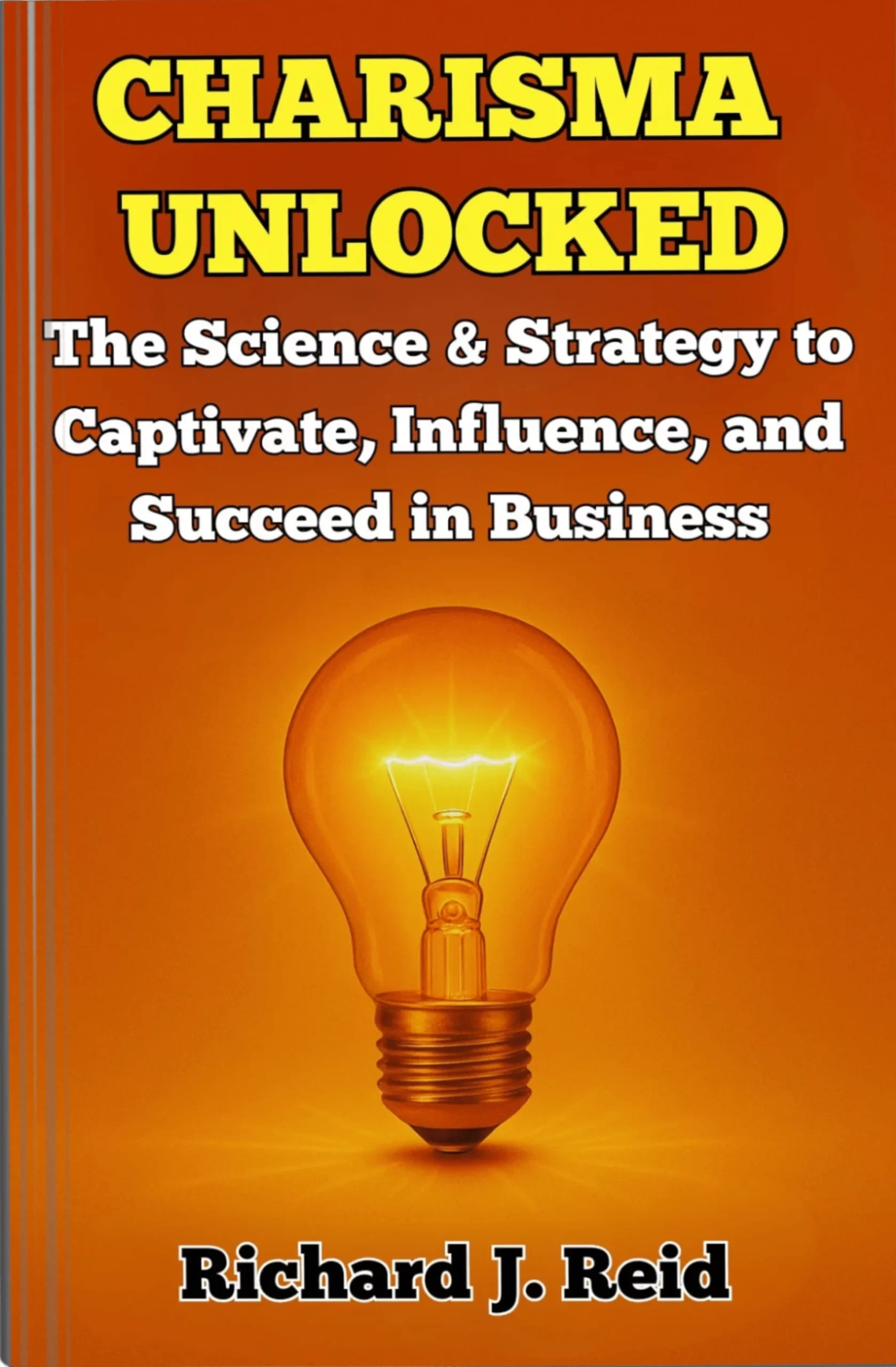Your mindset shapes how you see the world, respond to challenges, and ultimately build resilience. While some individuals seem naturally equipped to cope with setbacks, much of their ability boils down to their way of thinking. Resilient individuals do not necessarily have fewer struggles—they simply view adversity through a different lens. By adopting a growth mindset and reframing your thought processes, you can strengthen your resilience and handle life’s challenges with greater confidence.
What Is a Mindset?
A mindset is the collection of beliefs and attitudes that influence how you interpret and respond to situations. Psychologist Carol Dweck, who pioneered the concept of “growth mindset,” identified two key types of mindsets:
- Fixed Mindset: Believing your abilities, intelligence, and traits are set in stone and cannot change. People with a fixed mindset often avoid risks and view failure as a reflection of personal inadequacy.
- Growth Mindset: Believing your skills and abilities can be developed with effort and learning. People with a growth mindset see challenges as opportunities and failures as part of the growth process.
When it comes to resilience, adopting a growth mindset can transform the way you perceive and respond to adversity.
How Your Mindset Impacts Resilience
Your mindset plays a critical role in shaping your resilience. Here is how:
| Fixed Mindset | Growth Mindset | |
|---|---|---|
| Perception of Challenges | Challenges feel insurmountable, and setbacks are seen as barriers to success. | Challenges are seen as opportunities to learn and improve your skills. |
| Response to Failure | Focuses on blame, shame, or self-doubt after failure. | Sees failure as a stepping stone to success, helping you analyse what went wrong and adapt for the future. |
| Adaptability | Resists change, making it harder to adjust to disruptions. | Embraces change as an inevitable part of life, enabling you to adapt and move forward. |
The Power of Reframing
Reframing is a mental strategy that involves shifting your perspective on difficult situations. Resilient people excel at reframing—they choose to see adversity as a challenge rather than a threat, turning setbacks into opportunities for growth.
Example: Instead of thinking, “This project failed because I’m not good enough,” try reframing it as, “This project didn’t work out as planned, but now I know what to do differently next time.”
Reframing does not mean denying the reality of difficult situations—it means actively choosing a perspective that empowers you instead of holding you back.
Practical Steps to Cultivate a Resilient Mindset
Building a mindset that fosters resilience takes time, but with practice, it can become second nature. Here are simple yet powerful steps to get started:
- Focus on What You Can Control In challenging situations, it is easy to fixate on things beyond your control. Resilient people focus on what they can influence, such as their response, actions, or next steps. Actionable Tip: Write down your worries and separate what is within your control from what is not. Focus your energy on the former.
- Reframe Negative Thoughts When faced with self-doubt or adversity, consciously challenge negative thinking patterns. Actionable Tip: Replace defeatist thoughts like “I can’t do this” with constructive alternatives, such as “This is tough, but I’ll find a way to figure it out.”
- Embrace Mistakes as Learning Opportunities Resilient individuals view mistakes as a natural part of growth, not as personal failures. Actionable Tip: After a setback, ask yourself:
- What can I learn from this?
- What will I do differently next time?
- Practise Gratitude Gratitude shifts your focus from what is going wrong to what is going well. This simple mental shift fosters positivity and resilience. Actionable Tip: Each evening, write down three things for which you are grateful. Even small wins count, such as good weather or an act of kindness.
- Surround Yourself With Positivity Your environment and the people around you influence your mindset. Resilient people seek out supportive, optimistic relationships while minimising exposure to negativity. Actionable Tip: Spend time with individuals who inspire and encourage you, and limit interactions with people who drain your energy.
- Focus on Growth, Not Perfection Resilient individuals understand that perfection is unattainable. Instead, they aim for continuous growth and progress. Actionable Tip: Set small, achievable goals and celebrate incremental progress instead of focusing only on the final result.
- Cultivate Self-Compassion Self-compassion helps you bounce back from mistakes without harsh self-criticism, which can erode your confidence. Actionable Tip: When you make a mistake, treat yourself as you would a friend—offering support and encouragement instead of judgment.
The Science Behind Mindset and Resilience
Research shows that resilience is closely linked with neuroplasticity, the brain’s ability to rewire itself based on experiences. This means that every time you make a conscious effort to shift your mindset—whether by reframing negative thoughts, facing challenges with curiosity, or focusing on problem-solving rather than worry—you are strengthening neural pathways associated with resilience. Over time, this rewiring makes a resilient mindset your default response to stress or adversity.
Final Thoughts
Your mindset is a powerful tool that shapes your ability to handle life’s challenges. By developing a growth mindset and practising techniques such as reframing and focusing on what you can control, you can transform how you respond to difficulty. Resilience is not about avoiding challenges—it is about meeting them head-on, learning from them, and coming out stronger on the other side. Remember, small shifts in thinking can lead to significant changes in your ability to adapt, cope, and thrive. With consistency and self-awareness, you can build the foundation for a more resilient, empowered future.










